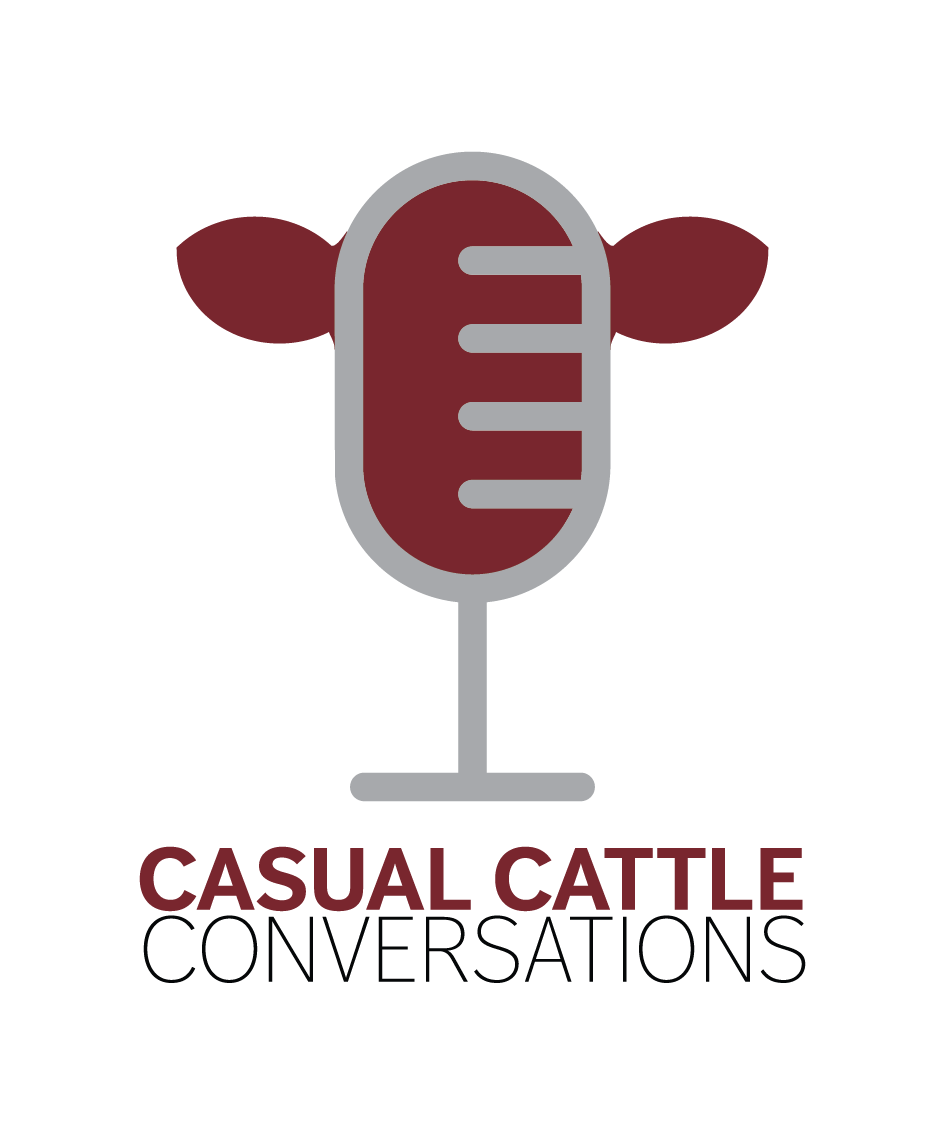Grazing Mistakes that Could Cost You the Ranch
"Rancher" is a loaded job title. Cattle management and care come to mind first, but the finer details of managing grass and natural resources are key factors in staying in business and passing down the operation. Devlon Ford, a lifelong learner, facilitates grazing courses for Noble Research Institute. Through his experience managing grazing land and teaching others, he has noticed common mistakes that are costing ranchers across the country more than they realize.
Properly managing grazing lands begins with developing a grazing plan. Devlon says, “Having a grazing plan allows ranchers to be more adaptive in their management.” Ranching never goes according to plan, but not having one makes it more challenging to make informed decisions.
Part of creating a grazing plan is understanding the terminology associated with it. Carrying capacity and stocking rate are two terms ranchers must grasp. “I often hear people use these terms interchangeably, but they are two distinctly different terms, definitions, and outcomes for your ranch,” Ford says.
Carrying Capacity is based on a mathematical formula that considers grazeable acres, forage production on those acres, forage utilization, and how many days will be spent grazing. Essentially, it tells land managers how many head of livestock can be supported on a specific area of land.
(Grazeable Acres x Total Forage x Utilization Rate) / (Daily Forage Demand x Grazing Period) = Number of Cattle
Factors to keep in mind when determining carrying capacity include the fact that owned acres are not equal to grazeable acres, cow sizes are likely larger than those of previous generations, and the utilization rate should probably be lower than you might expect.
“No grass is ever wasted. Even if it is used for soil health and goes back into the soil,” Devlon says. Forage utilization depends on climate, land, and available forage. A higher utilization rate can be used on annuals compared to native pasture.
Calculating forage production can also be challenging for producers. It can be visually appraised and measured, but many ranchers probably have a rough idea of how many head can be supported on a pasture for a certain amount of time. The NRCS Web Soil Survey can be a good starting point for outlining a ranch and estimating average forage production.
Stocking rate is different from carrying capacity. Ford says, “Stocking rate is solely a management decision. It is the number of animals we choose to put on a piece of land.” Land managers need to calculate their carrying capacity first to properly determine the best stocking rate.
(Total Land Area) / (# AUs) = Stocking Rate
The stocking rate decision can have major benefits or implications. “Stocking rate is the primary determinant of profitability,” says Devlon. “The problem with setting the stocking rate above carrying capacity is that ranchers will more than likely increase the cost per animal by creating the need for more supplementation and soil degradation from overgrazing.”
Another important grazing term is stock density, which refers to the total pounds of animals on a specific area. For example, a 20,000-pound stock density would look like 20 1,000-pound cows per acre.
“Stocking density allows us to do a lot of different things, and it’s one of the best tools in the grazers’ toolbox.” It encourages cattle to eat all available plants instead of being selective and creates more uniform grazing.
Stock density can also be used to lay down taller, lignified forage from previous grazing seasons and feed the soil. “The soil feeds the grass, and the grass feeds the cattle,” Ford says.
Time is a critical piece of stocking density. Producers who choose to utilize this tool at higher rates will need to dedicate more time to moving their cattle compared to those who use moderate to lower stock densities. However, producers with higher stock densities will likely make improvements faster.
Devlon reminds others, “A lot of this goes back to context for each producer and their ranch.” Quality of life, goals, and enterprises all need to be factored into the grazing plan. It’s also important to account for busy seasons and vacations when creating the plan.
Ranchers who want to improve their land but don’t want to move cattle every day can still make progress by moving them every three to five days in wet climates or every five to seven days in arid climates. The timing of these moves depends on how fast regrowth occurs because cattle will naturally eat the fresh regrowth, which isn’t beneficial to the plants or soil. If too many leaves are removed from a plant, it cannot perform its role effectively.
If all of this feels overwhelming but you know you want to make a change, start by asking yourself if you are over your carrying capacity and observing your ranch.
Devlon says, “Our ranches will teach us a lot if we take the time to observe and monitor.”
You can learn more about Noble’s grazing resources here.

